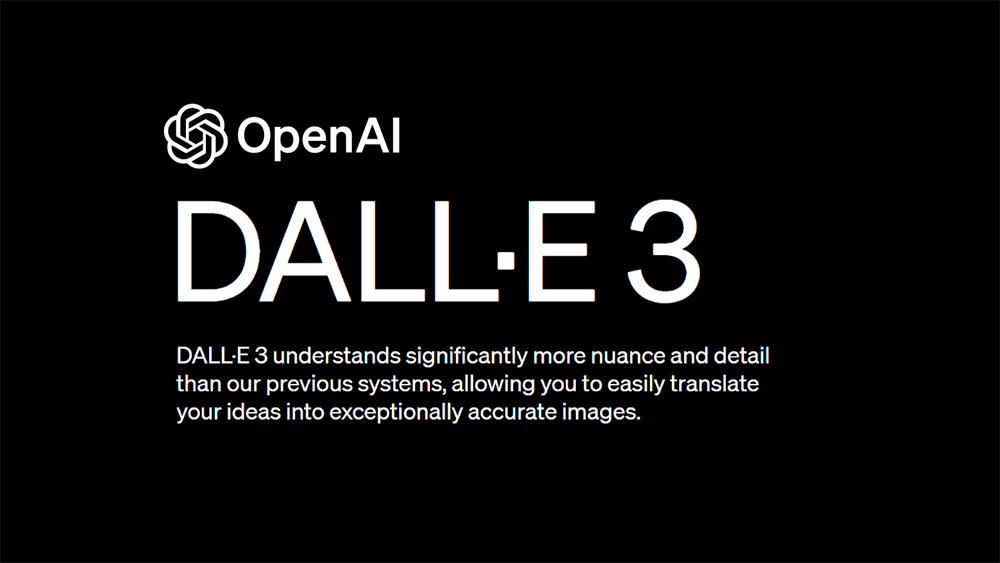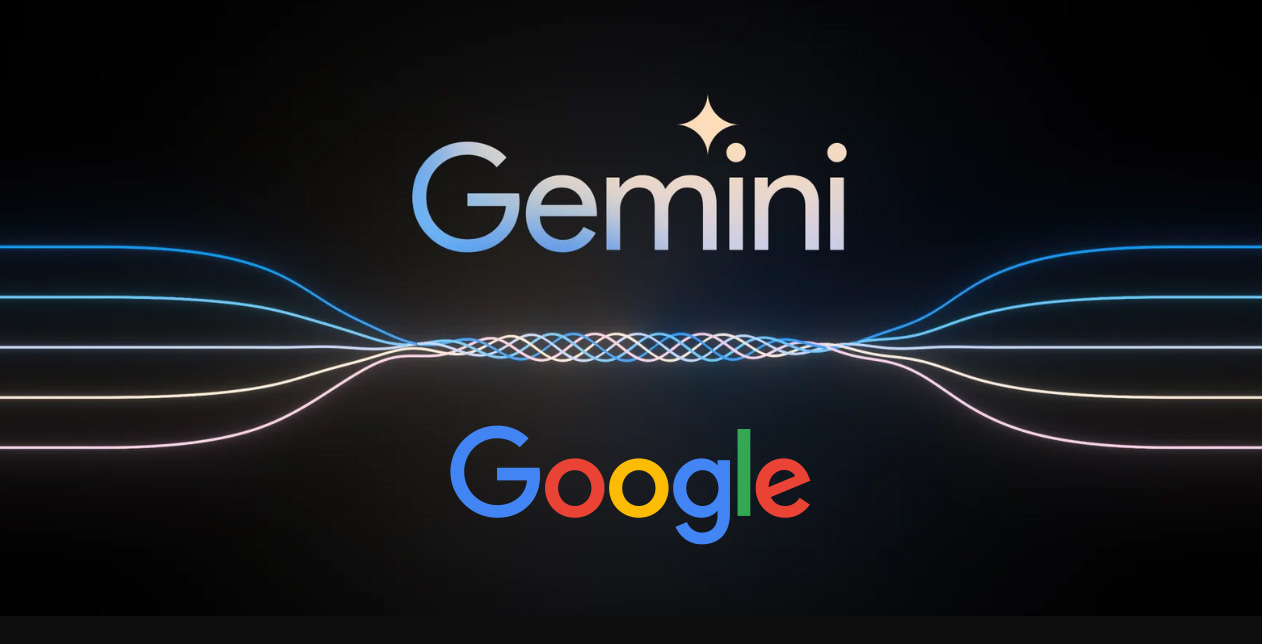OpenAI extends access to DALL-E 3 within ChatGPT to Plus and Enterprise customers, offering improved text-to-image capabilities. The model enables users to create more detailed and expansive prompts, enhancing visual outputs.
Microsoft’s Bing platform was the first to integrate DALL-E 3 publicly, raising concerns about the efficacy of safety measures.
OpenAI is rolling out wider accessibility to its latest text-to-image generator, DALL-E 3, to ChatGPT Plus and Enterprise customers. This extension, scheduled for Thursday, marks a significant advancement in visual prompt generation within the ChatGPT app, allowing users to craft more descriptive prompts for generating images.
Initially introduced last month, DALL-E 3 builds upon its predecessor, DALL-E 2, by enabling ChatGPT users to create more intricate and detailed prompts. However, despite advancements, concerns have arisen regarding the effectiveness of safety measures. Microsoft’s integration of DALL-E 3 on Bing Chat and Bing Image Generator preceded its availability on ChatGPT, raising questions about the model’s safeguards.
Past incidents have highlighted challenges with ensuring generated content’s appropriateness. Instances include generating images linking the World Trade Center with fictional characters and controversial representations despite efforts by Microsoft to restrict such prompts.
Text-to-image generators like Midjourney, Stable Diffusion, and previous DALL-E versions have encountered controversies, producing copyrighted materials, non-consensual imagery, altered ethnicities, and misrepresentations of public figures.
To address these issues, OpenAI asserts it has implemented comprehensive safety measures for DALL-E 3. The company is introducing guardrails to minimize outputs resembling living artists’ styles, public figures’ images, and to enhance demographic representation in generated images. Additionally, OpenAI has developed an internal “provenance classifier” tool with 99 percent accuracy in identifying images created by DALL-E 3.
OpenAI is committed to showcasing the research behind DALL-E 3 on a dedicated website, emphasizing their dedication to mitigating potential issues and ensuring responsible usage of the model.











